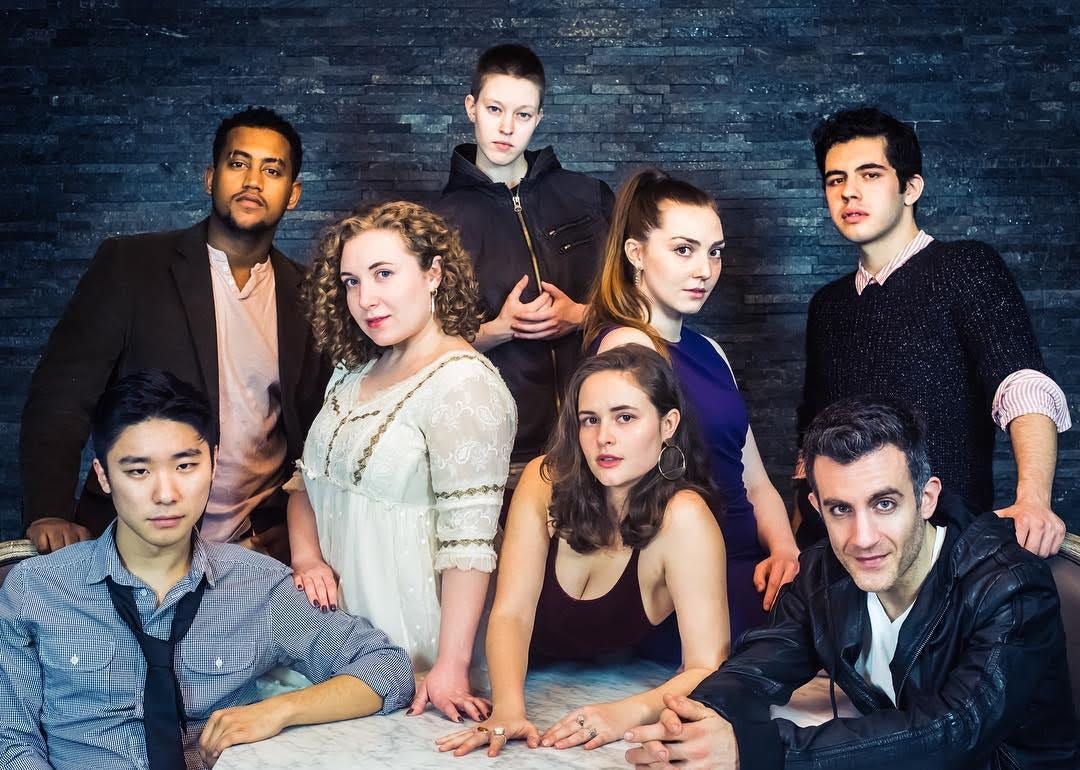
“‘Green’ means you’re up for anything, ‘yellow’ means proceed with caution, and ‘red’ means leave me alone,” says the man while fanning out his offering of stickers.
It takes me a moment to realize what he is asking: my level of consent in regards to participation (as opposed to the traditional meaning of such stickers at a stoplight-themed party.)
Well, I am indeed up for anything when it comes to immersive theatre.
“Green please!” I respond with glee.
The Woolgatherers’ fifth production, an interactive take on Romeo and Juliet, seeks to highlight the story from Juliet’s perspective and give the audience agency to explore, be curious, and curate their own experience. The piece is described as both a party and a play, with interactive elements that the audience may choose to participate in or not, using the stoplight sticker system to gauge consent.
Audience members are transported to a time that isn’t now and a place that isn’t here, perhaps jumping into a page taken from your mom’s high school yearbook. The space, MITU580, home to Theatre Mitu, has been transformed with twinkling lights cloaking the walls and chains of roses dangling from the ceiling, feeling almost like a senior prom. A smattering of tables and chairs are arranged throughout the room, of which audience members are instructed to take their pick. An open bar (and the drink tickets that come with it) sets the tone for a fun Friday night; mingling with strangers at my table seems only natural while the live band croons covers of familiar pop and indie hits. I am certainly ready to party, but, unfortunately, the feeling dissipates as the evening progresses.
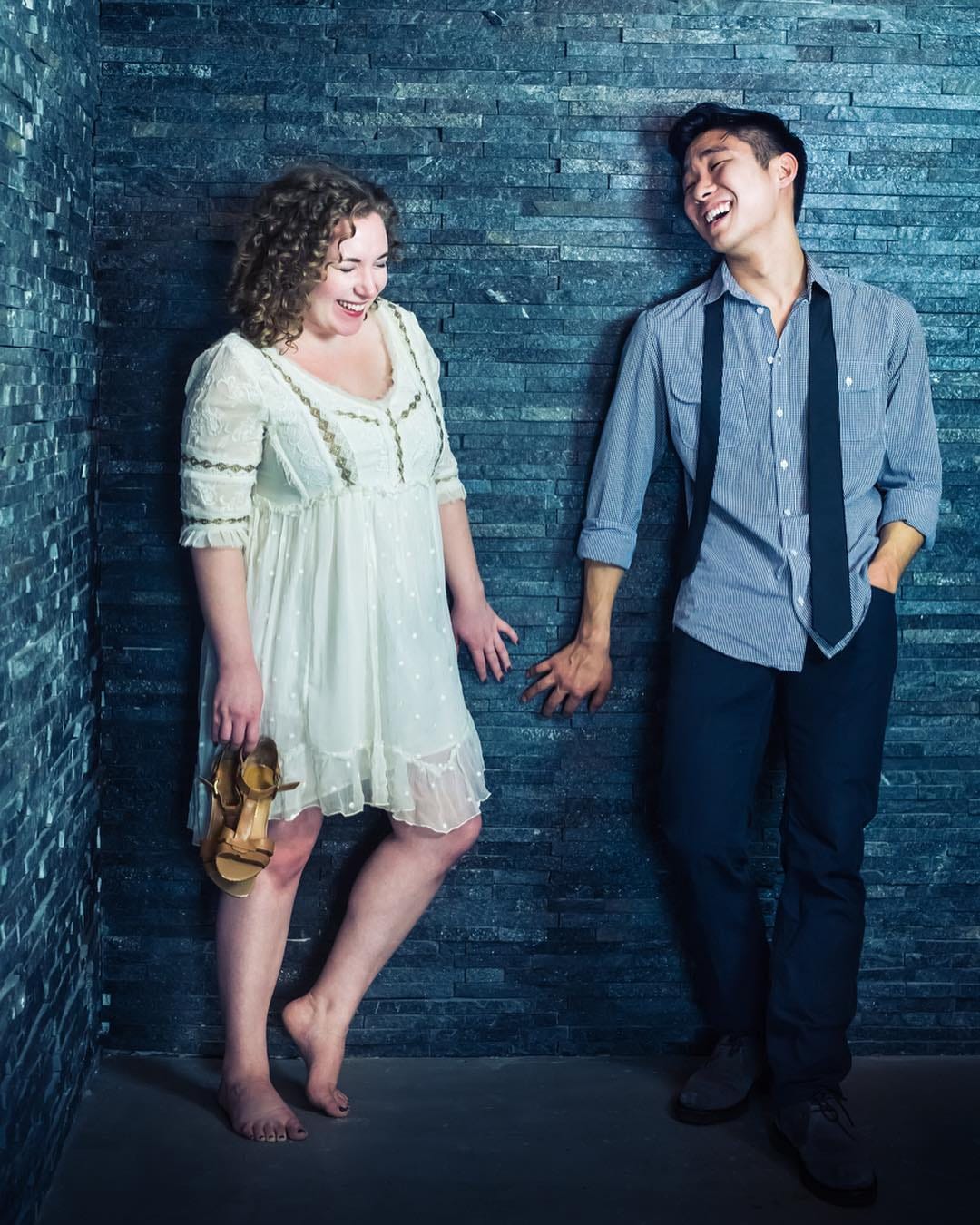
The show starts off strong, with Lady Capulet standing on a platform, tapping a glass to get our attention. She leads us through a number of transitions, flipping between Shakespearean and modern text; in the same breath Lady Capulet welcomes us to the ball using the original text and then gives us instructions for the next “game” in contemporary language. This back and forth is a clever move as it provides both a comedic effect and makes the text more accessible to current day audiences. We drink, we dance, we play cheesy icebreaker games, such as “find someone in the room who has the same favorite animal as you,” all with bits of scene work from the original play interspersed. We see Romeo joking around with his crew and Juliet gossiping with her nurse, and most notably we see Romeo catching a glimpse of Juliet for the very first time. But just as things are starting to get good, I begin to wonder: where else can I wander and what else there is to discover here…?
And that’s when the party stops.
We find ourselves back in our seats, paying close attention to the action unfolding across four main performance areas: a center platform, the bar and another platform at either end of the room, and another platform on the western wall of the space, creating a tennis court seating effect. The actors’ performances are well-crafted and captivating, but the audience retreats back into typical theatre etiquette, staying quietly in our seats as we watch the story develop. The few brave souls who pop over to the bar have the same posture as that one person who has to go to the restroom during the movie and tries to duck down, as to not disturb those watching. Although there are a few more attempts at facilitating audience engagement, they are small in scope, not integral to the piece, and frankly, feel out of place, leaving audience members feeling awkwardly exposed and a bit confused.
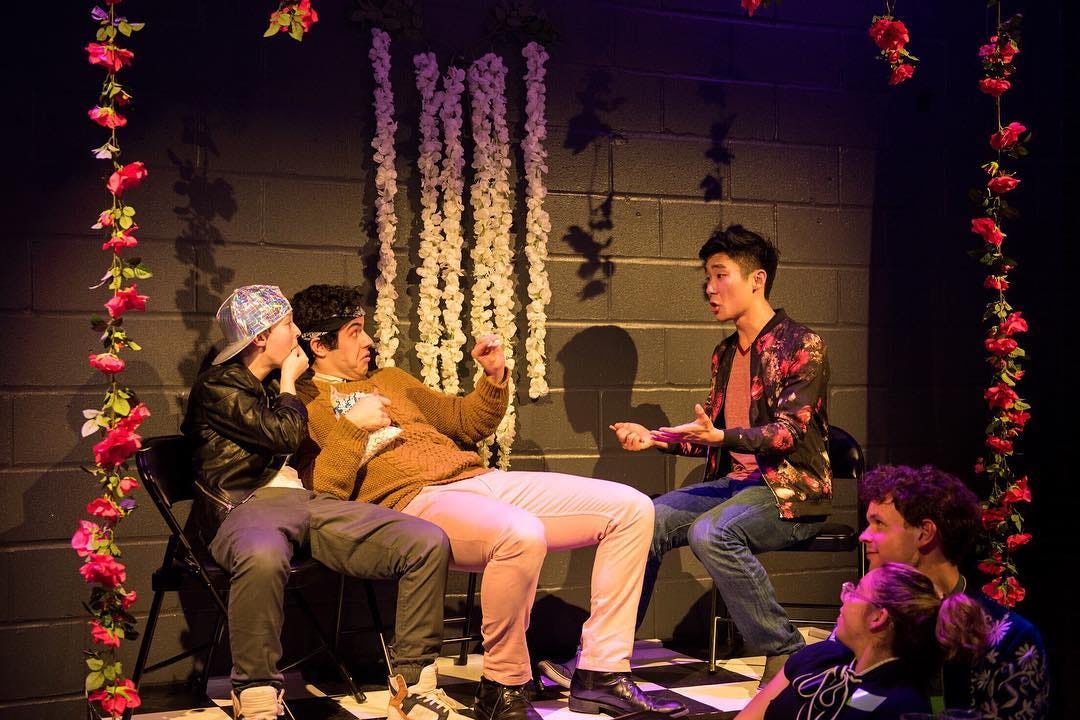
The show fails to live up to its promise being both a party and an interactive play. The production treats its immersive elements as a flimsy layer on top. The effort to be “immersive” is made in bits and pieces but lacks raison d’etre — a reason for existing. I struggle to find a rationale as to why the audience needs to have agency in this version of the story. Curating an immersive vibe is one thing, but crafting an experience that recognizes and truly utilizes the role of the audience is another. I was impressed with the measures made to establish consent between performers and audience, but with such little participation to begin with, why bother separating audience members by level of consent in the first place? The green, yellow, and red-stickered attendees all seemed to be treated alike. The lack of regard for the audience’s role felt as if we weren’t being taken care of on a more personal level. Yes, the show includes interactive elements, but it’s the kind of interaction that “uses” the audience instead of truly engaging with them. There’s something that stings about not being seen, or really even considered, especially when you’re expecting to be. I found this raised questions of hierarchy and power dynamics, which are surprising after the amount of attention paid to consent practices.
The Woolgatherers’ Romeo and Juliet misses the mark in terms of using the unique structure of immersive theatre to its benefit. Although audience is told we can move around, what’s the point when all the action is happening with great sight lines from your seat? This version of the play goes out of its way to solve problems that would have been perfect opportunities to use immersive theatre techniques. Once a character dies, for example, ensemble members whisk a billowing cloth over them to allow the dead to walk again and exit the stage. Juliet also has the ability to stop time and move actors into place onstage in a creative effort to solve entrance/exit problems. Both of these examples are missed opportunities, marking a production that is focused on telling the story but not on why the audience needs to be present.
I would be remiss not to mention the beautiful work the cast and team did in this production; they succeed entirely at presenting a fresh take on the classic tale. Romeo and Juliet fits perfectly into a prom-like atmosphere and feels reminiscent of the rosy-colored longing of 1980’s boy-meets-girl films. This nostalgia mixed with the clever modernization of the characters made my heart flutter and left me missing my high school days. But although the portrayal of the story itself was a real treat, a lovely “tennis court” play does not an interactive or immersive piece make.
The Woolgatherers’ Romeo and Juliet has concluded.
NoPro is a labor of love made possible by our generous Patreon backers. Join them today!
In addition to the No Proscenium web site, our podcast, and our newsletters, you can find NoPro on Twitter, Facebook, YouTube, Instagram, in the Facebook community Everything Immersive, and on our Slack forum.
Office facilities provided by Thymele Arts, in Los Angeles, CA.


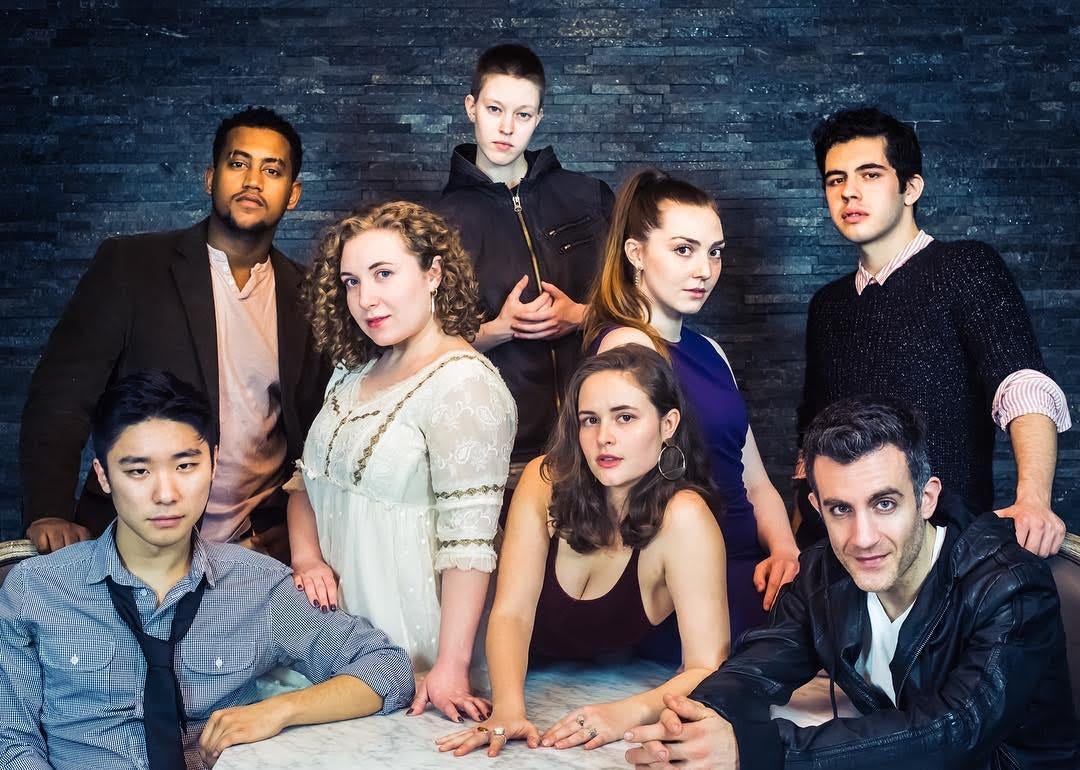





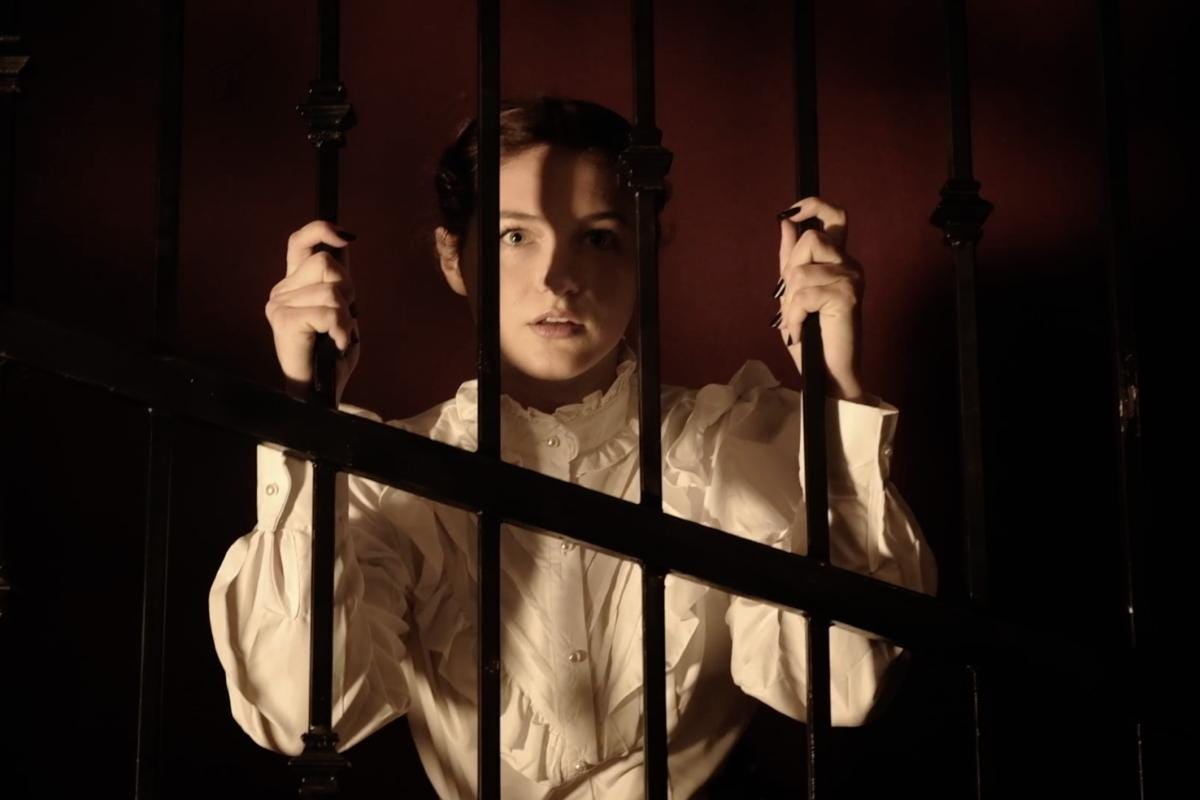






Discussion